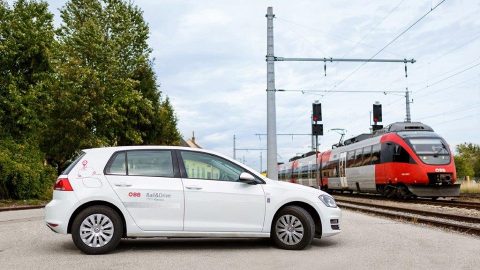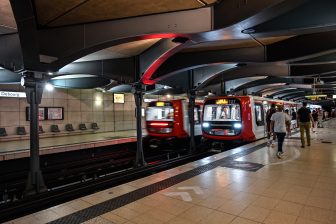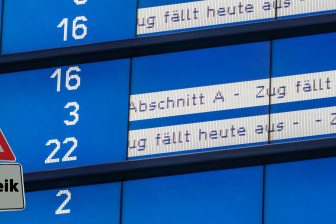
Ride-sharing an impetus for railways
ÖBB Rail & Drive service, source: ÖBB
Ride-sharing could stimulate the development of the European railways. In order to facilitate this and to provide seamless mobility, the International Association of Public Transport (UITP), together with its partners, is carrying out the RIDE2RAIL project. Its results will be verified at four European cities that were chosen as the pilot locations.
Want to read more?
You have read all of your free premium articles for this month. Please become a subscriber to keep reading.
Subscribe now!
Take advantage of our exclusive offer to get full access to all premium content.



